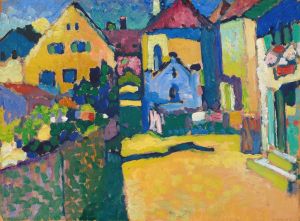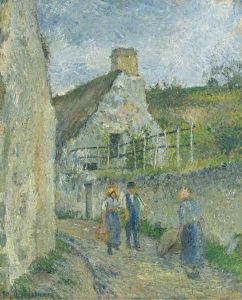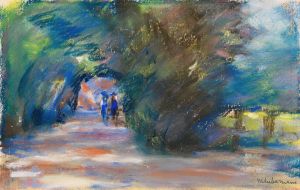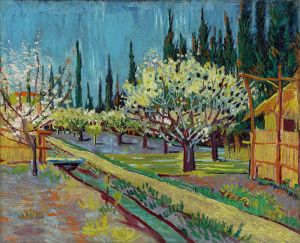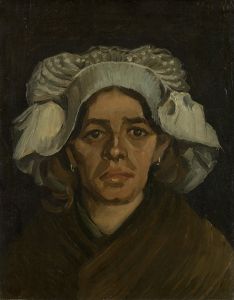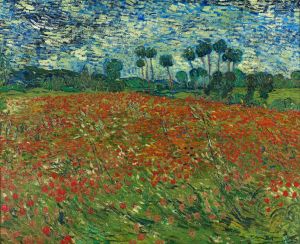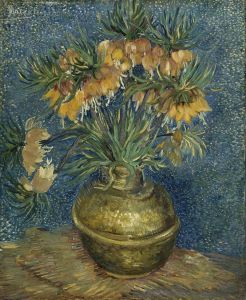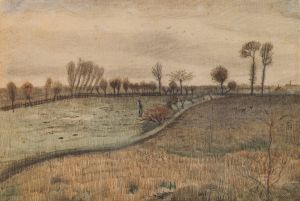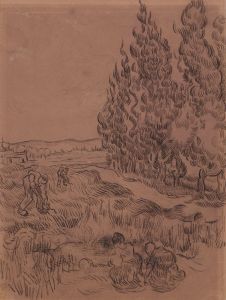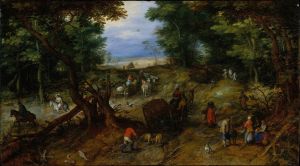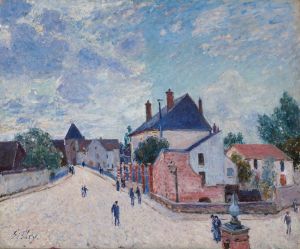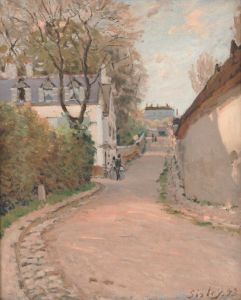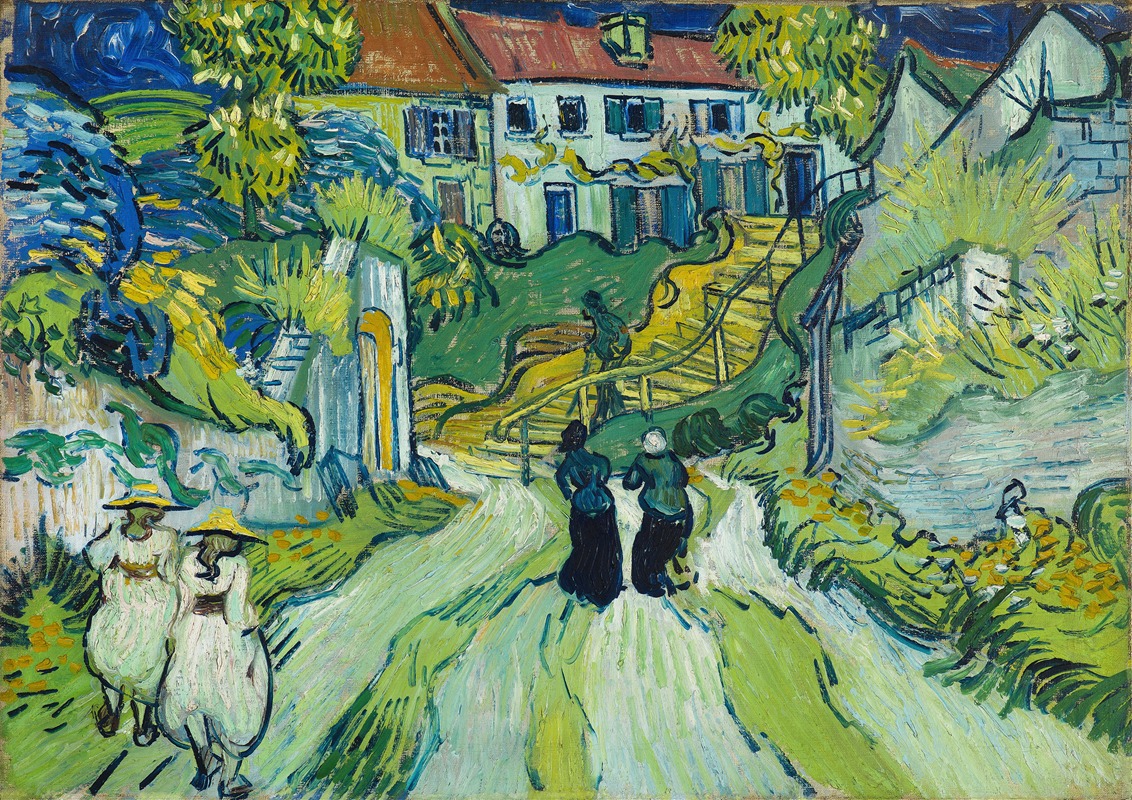
Stairway at Auvers
A hand-painted replica of Vincent van Gogh’s masterpiece Stairway at Auvers, meticulously crafted by professional artists to capture the true essence of the original. Each piece is created with museum-quality canvas and rare mineral pigments, carefully painted by experienced artists with delicate brushstrokes and rich, layered colors to perfectly recreate the texture of the original artwork. Unlike machine-printed reproductions, this hand-painted version brings the painting to life, infused with the artist’s emotions and skill in every stroke. Whether for personal collection or home decoration, it instantly elevates the artistic atmosphere of any space.
"Stairway at Auvers" is a painting created by the Dutch Post-Impressionist artist Vincent van Gogh in July 1890. This work is one of the many pieces van Gogh produced during his brief stay in Auvers-sur-Oise, a small village near Paris, where he spent the final months of his life. The painting is executed in oil on canvas and reflects van Gogh's distinctive style, characterized by bold brushstrokes, vibrant colors, and an emotional intensity.
The subject of the painting is a stone stairway set within a natural landscape, surrounded by lush greenery and vegetation. The composition captures a sense of movement and depth, with the stairs leading the viewer's eye upward through the scene. The painting also includes figures, which are depicted in van Gogh's typical expressive manner, adding a human element to the otherwise tranquil setting. The work is notable for its dynamic use of color and texture, which convey a sense of vitality and immediacy.
Van Gogh moved to Auvers-sur-Oise in May 1890 after leaving the asylum in Saint-Rémy-de-Provence. He sought the care of Dr. Paul Gachet, a physician who was also an amateur artist and supporter of the Impressionist movement. During his time in Auvers, van Gogh was highly productive, creating over 70 paintings and numerous drawings in just a few months. "Stairway at Auvers" is one of the works that exemplifies his focus on the rural environment and the village's architecture.
The painting is part of van Gogh's broader exploration of landscapes and rural life, themes that were central to his artistic vision. It reflects his fascination with the interplay between natural and man-made elements, as well as his ability to infuse ordinary scenes with emotional resonance. The vibrant palette and energetic brushwork in "Stairway at Auvers" are hallmarks of van Gogh's mature style, which had a profound influence on the development of modern art.
"Stairway at Auvers" is housed in the Kunsthaus Zürich, a prominent art museum in Zurich, Switzerland. The museum holds an extensive collection of works by van Gogh and other notable artists, making it an important destination for art enthusiasts. The painting is considered a significant example of van Gogh's late work, offering insight into his artistic evolution and the themes that preoccupied him during his final months.
As with many of van Gogh's works, "Stairway at Auvers" has been the subject of scholarly study and public admiration. It stands as a testament to the artist's ability to transform everyday scenes into compelling works of art that resonate with viewers across generations.





